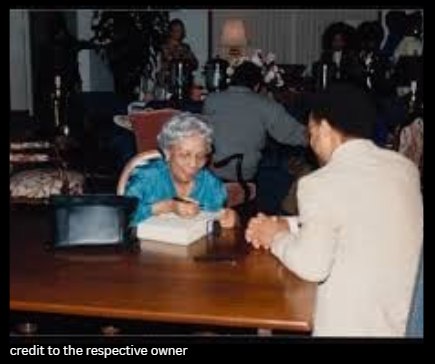On May 23, 1951, Dorothy Porter Wesley sat for a portrait in Carl Van Vechten’s Manhattan studio. The photograph is elegant and calm, but behind her composed expression was the mind of a literary detective.
As curator of Howard University’s Moorland-Spingarn Research Center, Dorothy wasn’t just cataloging books—she was rescuing voices, forgotten histories, and hidden truths. For nearly two decades, she traveled across the country, sometimes paying out of her own pocket, to preserve rare works that others had overlooked.
One day in 1948, she stepped into a used bookstore in New York and discovered a handwritten manuscript. The seller claimed it was written by a fugitive enslaved woman. Dorothy recognized its significance, paid $85, and safely archived it.
The manuscript remained quiet for decades until 2002, when Henry Louis Gates Jr. published it as The Bondwoman’s Narrative. Readers worldwide embraced it—the first known novel written by an African American woman who had lived in slavery.
Then, in 2013, scholars uncovered the author’s name: Hannah Bond. She had escaped a North Carolina plantation disguised as a man, reached freedom in the North, and transformed her life into fiction—hiding her name to stay safe.
Her story was nearly lost. But Dorothy Porter Wesley refused to let that happen.
Dorothy never sought fame. She believed in preserving stories that mattered—especially those history tried to erase. Because of her, Hannah Bond’s voice now lives in classrooms, libraries, and the hearts of readers everywhere.